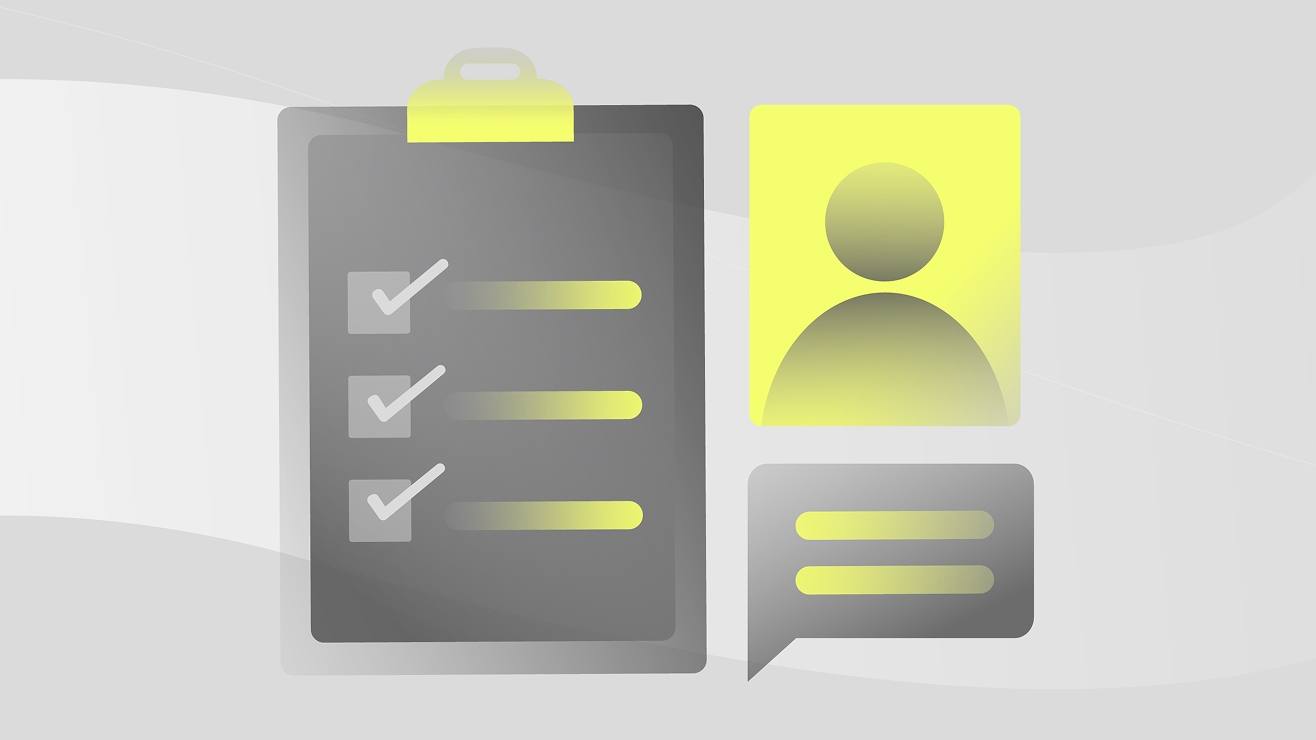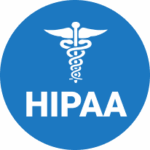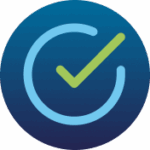
Key Takeaways
Onboarding automation orchestrates all the different tasks involved in hiring a new employee to provide a seamless experience.
- What it does: As soon as a candidate accepts an offer, the automation can trigger a series of cross-departmental workflows, including sending paperwork, provisioning IT equipment, and scheduling orientation.
- The business impact: By automating this complex process, companies can ensure that nothing falls through the cracks and reduce the administrative burden on the HR team.
- The key outcome: A positive and professional first impression for the new employee.
The onboarding process is a pivotal moment for every new employee into an organization. A seamless, efficient introduction can dramatically shape a new hire’s productivity, engagement, and long-term commitment. Conversely, a disjointed, manual experience often leads to frustration, delays, and even early attrition. This critical juncture in the employee lifecycle demands precision and consistency. This is precisely where onboarding automation emerges as a transformative imperative. For accounting, finance, and technology leaders in large enterprises, understanding this automation is fundamental to attracting and retaining top talent, while simultaneously driving operational excellence.
This article aims to elucidate the concept of onboarding automation. We will define this transformative process, highlight the persistent challenges posed by traditional manual methods, and explain the profound benefits derived from implementing intelligent, automated solutions. These advantages include significantly improving efficiency, drastically curtailing human error, achieving substantial time savings, enhancing consistency, and ultimately elevating employee retention and engagement for newly hired employees. By providing guidance on how to optimize employee onboarding processes and measure their success, this content offers a comprehensive overview that deepens comprehension of this critical human resources practice. In essence, it serves as an indispensable resource for businesses seeking to adopt or refine onboarding automation, championing its role in combating turnover, boosting overall productivity, and creating a more supportive and impactful onboarding experience for new team members.
Understanding the Onboarding Process
The onboarding process refers to the comprehensive series of activities designed to integrate newly hired employees into an organization. This extends far beyond initial paperwork, encompassing:
- Pre-boarding: Activities before day one (e.g., sending welcome kits, setting up IT accounts).
- Day One Essentials: Completing HR forms, signing documents, receiving badges and equipment.
- Role Orientation: Introducing job responsibilities, team members, and departmental goals.
- Training & Development: Providing necessary skills training, compliance modules, and system access guidance.
- Culture Integration: Familiarizing new hires with company values, norms, and social dynamics.
A well-executed onboarding process is crucial for employee onboarding success, directly impacting productivity, retention, and the overall company culture.
The Pitfalls of Manual Employee Onboarding
Despite its critical importance, many large organizations still grapple with manual employee onboarding processes. These outdated methods are riddled with inefficiencies and frustrations:
- Paperwork Overload: Endless forms, signatures, and physical document management lead to administrative burden and delays for human resources teams.
- Inconsistent Experience: Lack of standardization means different newly hired employees might have vastly different initial experiences, impacting engagement and equity.
- High Error Rates: Manual data entry and repetitive tasks are prone to human errors, leading to incorrect payroll, delayed access, or compliance issues.
- Time-Consuming for All: HR staff spend countless hours on administrative tasks. Managers lose valuable time chasing approvals. New hires endure unproductive waiting periods.
- Poor First Impressions: A disorganized onboarding process can leave newly hired employees feeling undervalued or frustrated, negatively impacting their onboarding experience and increasing early turnover risk.
- Compliance Vulnerabilities: Missed signatures, incomplete forms, or overlooked training modules can expose the organization to regulatory risks.
These challenges highlight why the traditional onboarding process is no longer sustainable for modern enterprises.
What is Onboarding Automation?
Onboarding automation involves leveraging technology to streamline and eliminate manual steps throughout the new hire integration process. This intelligent approach transforms fragmented, paper-heavy tasks into fluid, digital workflows. The goal of onboarding automation is to enhance efficiency, drastically reduce errors, save time for human resources teams, and dramatically improve the overall onboarding experience for newly hired employees.
An automated onboarding system manages the complex array of pre-hire and post-hire tasks, ensuring consistency, compliance, and a positive introduction for every new team member. It moves beyond simple digitization to intelligent process execution.
The Benefits of Automated Onboarding
The adoption of Onboarding Automation delivers compelling benefits that directly impact an organization’s HR effectiveness, financial health, and talent retention strategies.
- Significant Time Savings: Automated onboarding drastically reduces the administrative burden on human resources teams, managers, and the new hire themselves. Hours previously spent on paperwork, follow-ups, and manual data entry are reclaimed. This allows HR to focus on strategic initiatives.
- Drastic Error Reduction: By digitizing data capture and automating validation checks, Onboarding Automation minimizes the potential for human error in critical information like payroll details, compliance forms, and system access requests. This ensures accuracy from day one.
- Enhanced Consistency and Standardization: Every newly hired employee receives the same, high-quality onboarding experience, regardless of department or location. This consistency promotes fairness and ensures all vital steps are completed.
- Improved Employee Retention: A positive onboarding experience makes new hires feel valued, prepared, and engaged from day one. This significantly boosts morale and is directly linked to higher retention rates, combating costly early turnover.
- Accelerated Time-to-Productivity: When administrative hurdles are removed, newly hired employees gain access to systems, tools, and training faster. This allows them to become productive members of the team more quickly.
- Fortified Compliance and Security: Onboarding Automation ensures all necessary legal documents are completed, signed, and stored securely. It also automates access provisioning, ensuring new hires only get the access they need, enhancing security.
- Better Data Insights: Automated systems collect valuable data on the onboarding process itself, allowing human resources teams to analyze bottlenecks, measure effectiveness, and continually optimize the onboarding experience.
These compelling advantages underscore why automated onboarding is a strategic imperative for any large enterprise.
Key Onboarding Automation Features
A robust automated onboarding solution typically boasts a comprehensive set of features designed to streamline every phase of the new hire journey. These onboarding automation features are crucial for a successful implementation.
- Digital Form Completion & e-Signatures: Eliminating paper by allowing newly hired employees to complete all necessary HR, tax, and benefits forms online, often with legally binding e-signatures.
- Automated Workflow Orchestration: Dynamically routing tasks and notifications to HR, IT, managers, and other departments based on role, location, or department. This ensures tasks like laptop provisioning or desk setup are triggered automatically.
- Document Management & Storage: Securely storing all employee onboarding documents in a centralized, easily accessible, and compliant digital repository.
- System Provisioning Integration: Automating the creation of accounts and access rights in various enterprise systems (e.g., email, CRM, ERP, internal networks) for newly hired employees.
- Learning & Training Assignment: Automatically enrolling new hires in required compliance training, role-specific courses, or welcome webinars.
- Communication & Notification Tools: Sending automated welcome messages, task reminders, and progress updates to new hires and relevant stakeholders.
- Reporting & Analytics: Providing dashboards to track onboarding progress, identify bottlenecks, and measure key metrics like time-to-completion or new hire satisfaction.
These onboarding automation features collectively create a seamless and efficient onboarding process.
Revolutionizing Onboarding Automation with AI
While many automated onboarding solutions offer digital form completion and basic workflow routing, Kognitos provides a fundamentally distinct and more powerful approach, specifically engineered for the complex, nuanced, and often exception-laden realities of employee onboarding in large enterprises. It delivers natural language process automation, making it uniquely proficient in transforming how organizations automate employee onboarding.
Kognitos empowers sophisticated Onboarding Automation by:
- Understanding Human Intent via Natural Language: Human resources professionals, managers, or even new hires themselves, can define or initiate onboarding tasks using plain English. Kognitos’s AI reasoning engine interprets this intent, translating it into executable automation, entirely removing the reliance on complex programming or rigid visual modeling. This makes automating employee onboarding truly accessible.
- Intelligent Exception Handling: The onboarding process is rife with exceptions: missing documents, unusual access requests, or specific training needs. Kognitos’s AI reasoning can intelligently detect, diagnose, and resolve unforeseen exceptions, adapt to variations, and even seamlessly integrate human-in-the-loop for crucial approvals or nuanced judgments. This ensures remarkably resilient Onboarding Automation, even in the most complex scenarios.
- Revolutionizing Cross-Departmental Coordination: Kognitos’s AI excels at orchestrating tasks across HR, IT, finance, and managers. It understands the dependencies and triggers each step automatically, ensuring all stakeholders are notified and complete their tasks on time, creating a truly seamless onboarding experience.
- Beyond Basic Automation Features: Kognitos elevates onboarding automation features by offering AI-driven capabilities like intelligent document processing for unstructured forms, proactive communication generation, and adaptive workflows that learn from past successful onboardings to continuously improve. This ability to automate employee onboarding with true intelligence sets it apart.
By leveraging Kognitos, organizations can transcend basic automated onboarding to achieve truly intelligent, remarkably adaptive, and profoundly human-centric employee onboarding. This gains them unparalleled efficiency, boosts retention, and fosters a world-class onboarding experience for every new team member.
Implementing Onboarding Automation: A Strategic Blueprint
Adopting an automated onboarding solution necessitates careful planning to maximize its impact and mitigate potential risks.
- Map the Current Onboarding Process: Begin by thoroughly documenting your existing onboarding process (“as-is”). Identify every step, stakeholder, bottleneck, and pain point for newly hired employees.
- Define Clear Objectives: Establish measurable goals for your Onboarding Automation initiative, such as reducing onboarding time by X%, increasing new hire satisfaction by Y%, or decreasing administrative costs by Z%.
- Select the Right Solution: Choose an automated onboarding platform that aligns with your organization’s specific needs, integrates seamlessly with existing HRIS and IT systems, and supports your long-term automation vision. Prioritize platforms like Kognitos that offer AI-driven, natural language capabilities.
- Phased Deployment Strategy: Initiate with a pilot program for a smaller group or specific department to test the solution, gather empirical feedback, and refine the process before full-scale enterprise-wide deployment.
- Focus on Change Management: Automation transforms roles. Effective communication, comprehensive training, and actively involving human resources staff and managers in the process are paramount for successful adoption.
- Commitment to Continuous Optimization: Onboarding Automation is not a static endpoint. Regularly monitor performance metrics, analyze insights gleaned from operational data, and relentlessly optimize processes for sustained efficiency gains and an ever-improving onboarding experience.
The Future of Employee Onboarding
The trajectory of onboarding automation is unequivocally towards greater intelligence, personalization, and seamless integration across the entire employee lifecycle. The future of employee onboarding will be characterized by:
- AI-Powered Personalization: Automated onboarding systems will tailor the onboarding experience to each newly hired employee based on their role, preferences, and learning style, offering bespoke training and resources.
- Proactive Issue Resolution: AI will predict potential onboarding hurdles (e.g., delayed equipment, missing paperwork) and automatically trigger interventions before they impact the new hire.
- Seamless Integration with Talent Management: Onboarding will flow effortlessly into performance management, learning & development, and career progression frameworks, creating a unified employee journey.
- Adaptive Workflows: Onboarding Automation systems will dynamically adjust workflows based on real-time data, ensuring optimal efficiency and compliance even in complex, global organizations.
By embracing intelligent automation, organizations can truly transform their approach to Onboarding Automation, converting a critical administrative function into a strategic asset for talent acquisition, retention, and sustained organizational growth.
Discover the Power of Kognitos
Our clients achieved:
- 97%reduction in manual labor cost
- 10xfaster speed to value
- 99%reduction in human error
The onboarding process refers to the comprehensive series of activities designed to integrate newly hired employees into an organization. This typically includes completing paperwork, setting up IT access, providing training, introducing team members, and familiarizing them with company culture and policies. A well-structured onboarding process is vital for employee success and retention.
Onboarding automation involves leveraging technology to streamline and eliminate manual steps throughout the new hire integration process. This includes digitally managing paperwork, automatically provisioning system access, scheduling training, and sending welcome communications. The goal of onboarding automation is to enhance efficiency, reduce errors, save time for human resources teams, and improve the overall onboarding experience for newly hired employees.
Manual onboarding is often characterized by paper-heavy processes, repetitive data entry, and inconsistent experiences for new hires, leading to delays and administrative burdens. Automated onboarding, in contrast, uses digital platforms to streamline these tasks, ensuring consistency, reducing errors, and accelerating the entire integration process. The shift to automated onboarding dramatically improves efficiency and the onboarding experience for newly hired employees within human resources.
The benefits of automated onboarding are substantial: improved efficiency and significant time savings for human resources and IT, drastic reduction in human error, enhanced onboarding experience for newly hired employees, increased consistency in process execution, better policy compliance, and ultimately, higher employee retention and productivity. Onboarding automation transforms a critical HR function into a strategic advantage, often leveraging advanced onboarding automation features.








